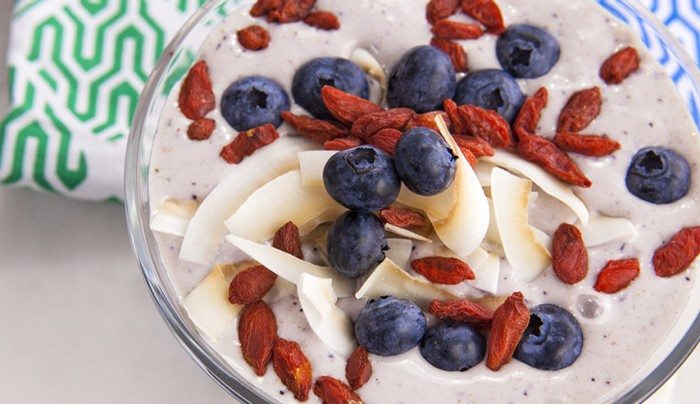A recent report has suggested a link between sodium intake and risk of developing type 2 Diabetes (T2D) or latent autoimmune diabetes (LADA) in adults. The research used dietary data from a large sample of individuals from Sweden.
Results of the research found:
- A 43% increase in the risk of developing T2D AND 73% risk of developing LADA for each extra gram of sodium consumed daily; and
- Individuals with a high consumption of sodium (more than 3.15g sodium daily = approx. over 7.8g salt) have a 58% higher risk of developing T2D compared to a low consumption (less than 2.4g sodium daily = approx. under 6g salt).
How much sodium is recommend?
In Australia, the newly revised suggested dietary target of sodium for men and women 18+ is 2,000mg/day = 1 tsp. salt (5g).
Where is my sodium coming from?
Many foods contain a surprising amount of sodium and getting savvy with reading foods labels is an effective way to become aware of hidden sodium. Here is a list of foods to check the label of:
- Canned foods & sauces
- Cereal (foods you think are ‘sweet’)
- Packaged bread, biscuits and pastries
- Store-bought vegetable juice
- Sausages and deli meats
- Cheese
- Dips
- Muesli bars
On a label a food can be considered low salt/sodium when there is no more than 120mg of sodium per 100mL liquid food or per 100g solid food.
Which sources of sodium should I be extra mindful of?
Salt, such as lake/sea salt is rich in minerals and can offer some added nutrition when eaten in moderation. However, there are some sources of sodium, often used as flavour enhancers and preservatives to avoid, such as:
- Monosodium Glutamate (MSG) found in processed foods and Asian cooking
- Table salt heavily processed and devoid of trace minerals
- Preservative agents added to dairy, dried meat, wines and syrups:
- Sodium sorbate (201)
- Sodium benzoate (211)
- Sodium nitrate (250) added to processed meats such as bacon which may increase risk of chronic disease
How can I reduce my sodium intake?
- Read food labels and understand the sodium content of food and hidden sources
- Aim for fresh unprocessed foods to be the mainstay of the diet
- Flavour food with fresh herbs and spices instead of packaged sauces
- Keep it simple: use olive oil, herbs and lemon juice as a dressing instead of packaged products
- Cook more: making your own food instead of buying/eating out allows you to control the salt content more easily
- Choose no added salt products at the supermarket
- Alternate a cooked breakfast (eg bacon) with homemade muesli, fruit and yoghurt or a smoothie
- Avoid having salt shakers on the dining room table
- Gradually decrease taste for salt by reducing amount used on foods – can take 60 days to break the habit!
- Swap processed meats (ham/salami) for chicken breast, eggs, fish and turkey
- Buy fresh fish where possible or opt for ‘in oil or spring water’ not ‘brine’
- Snack on fresh fruits, raw nuts, home-made dips and natural yoghurt instead of packet chips, biscuits and other snacks
If you are looking for a quick and low-sodium breakfast idea to start your day as an effective way to cut back on sodium intake, try my blueberry and coconut smoothie bowl.
Blueberry and Coconut Smoothie Bowl
Serves 2
Time 5 minutes
Ingredients
½ cup coconut milk
1 frozen banana
½ cup blueberries
2 tbsp. mixed nuts
1 tbsp. coconut yoghurt
1 cup ice
Topping
1 tbsp. toasted coconut flakes
1 tbsp. goji berries
fresh blueberries
Method
Place all ingredients into a blender and blitz until well combined. Pour into a bowl and decorate with toppings of choice.
References
Australian Government Department of Health and Ageing (AGDHA) 2017, Australian and New Zealand Nutrient Reference Values for Sodium, Australian Government Department of Health and Ageing (AGDHA), viewed 25th September 2017, < https://www.nrv.gov.au/nutrients/sodium>.
Diabetologia. “Sodium (salt) intake is associated with a risk of developing type 2 diabetes.” ScienceDaily. ScienceDaily, 14 September 2017. <www.sciencedaily.com/releases/2017/09/170914210621.htm>.
